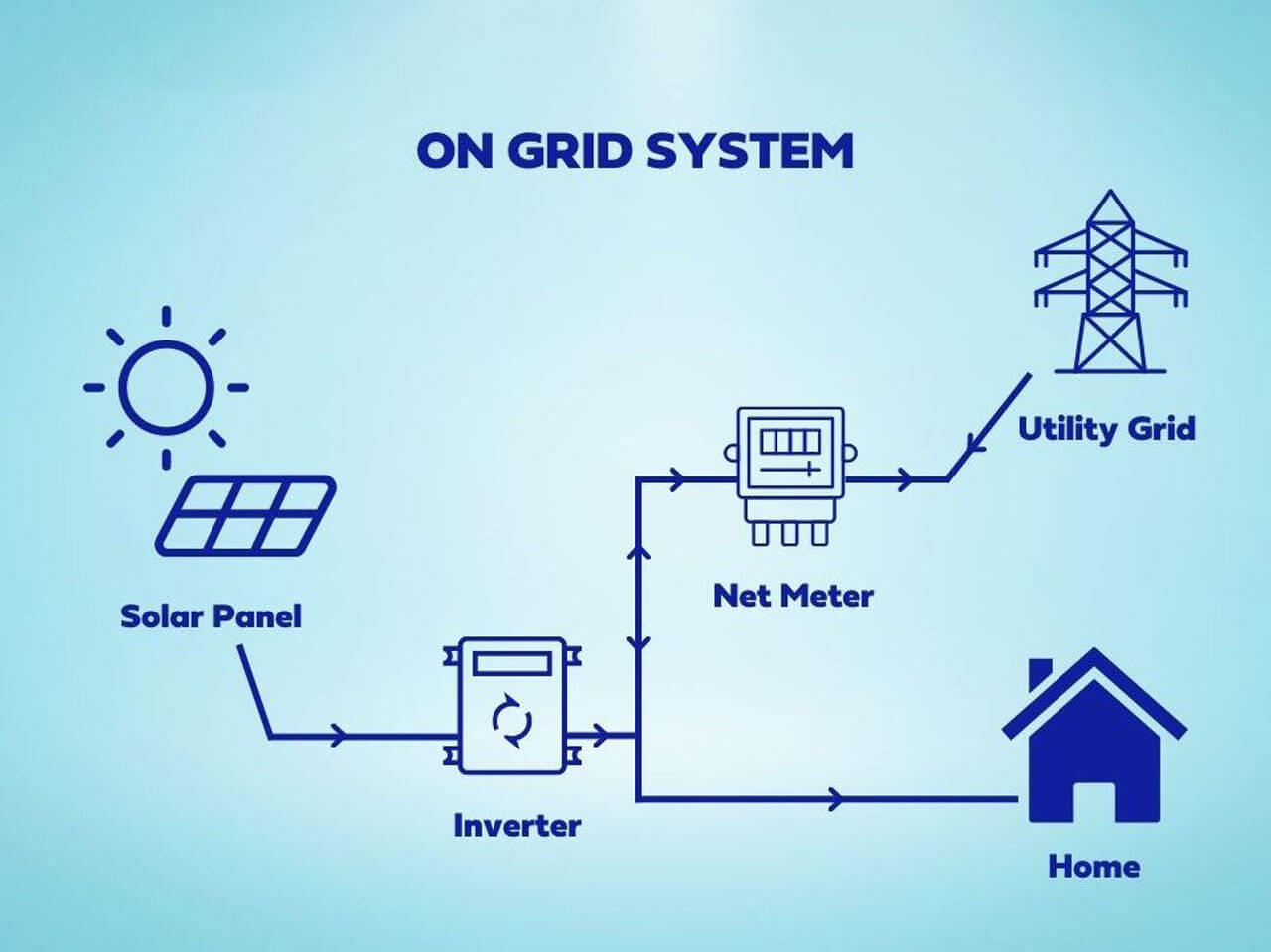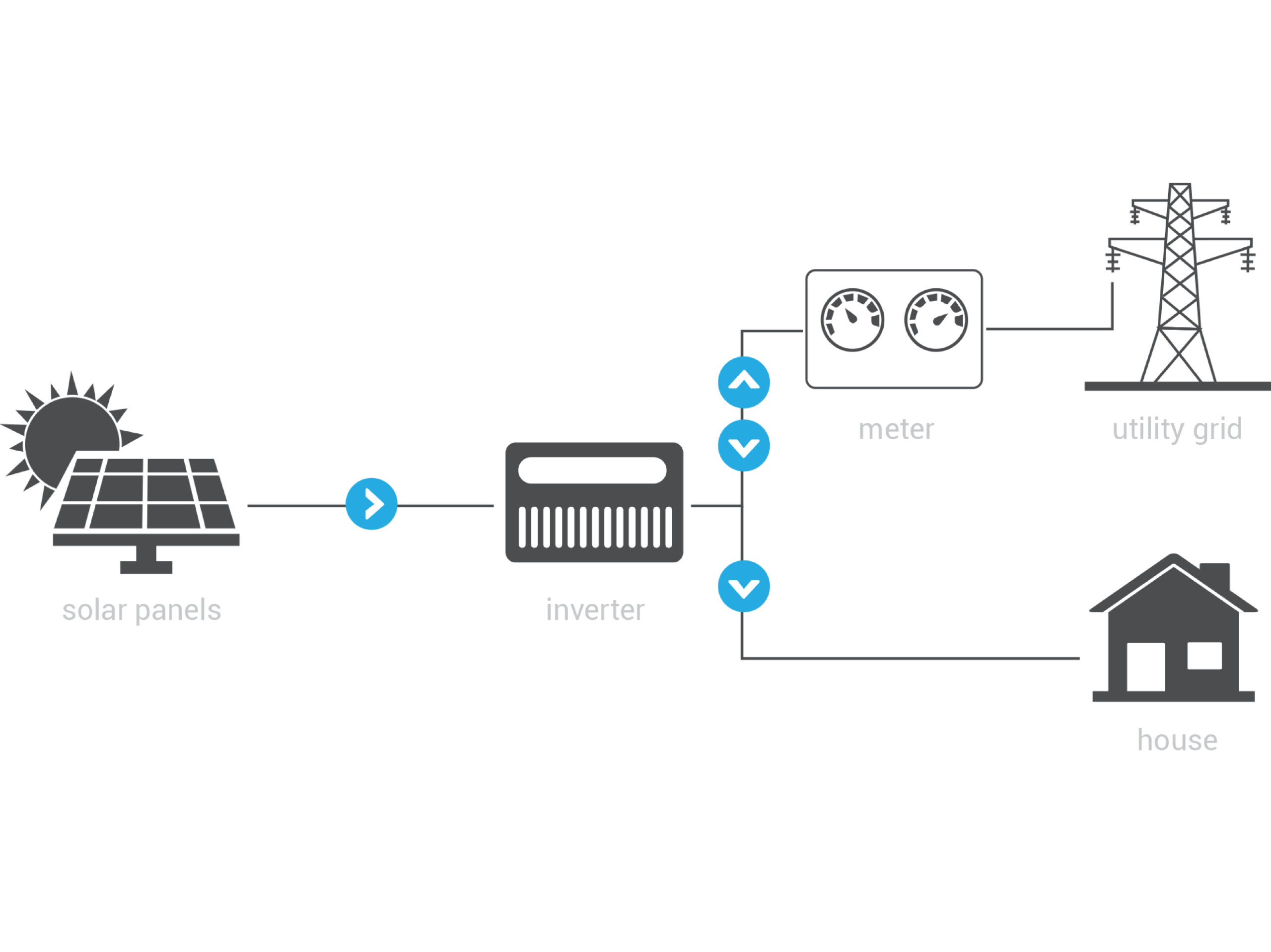Description
An on-grid solar system, also called a grid-connected solar system, works with the grid as part of the power grid. This means that any excess or deficiency of power can be fed to the grid through net metering. In this system, solar panels will generate the DC electricity by absorbing sunlight and the solar Inverter will convert the same DC electricity into AC electricity which can then be used directly at home or business.
If the system produces more power than is being consumed, the surplus is fed into the main electrical grid via solar net metering. At the time of electricity billing the government or power provider company will adjust the exported units in your electricity bill.
Advantages of Solar On grid System
- It’s easy to keep a track of the units of electricity that your solar system generated
- It’s easier to understand the solar electricity bill
- Once the solar on-grid system’s price breaks even in 3 to 5 years, you get free solar electricity for the next 20-21 years
- The monthly electricity bill reduces substantially
- There’s no battery requirement. Your grid plays the role of the battery.
- The system will directly supply excess units to the grid and take them back when needed
- Since there’s no battery, there are no battery replacement charges involved.
- Out of all the 3 types of solar systems, the on-grid solar system for home is the most affordable option.
- The government offers a subsidy only on an on-grid solar system for residential homes.



Reviews
There are no reviews yet.